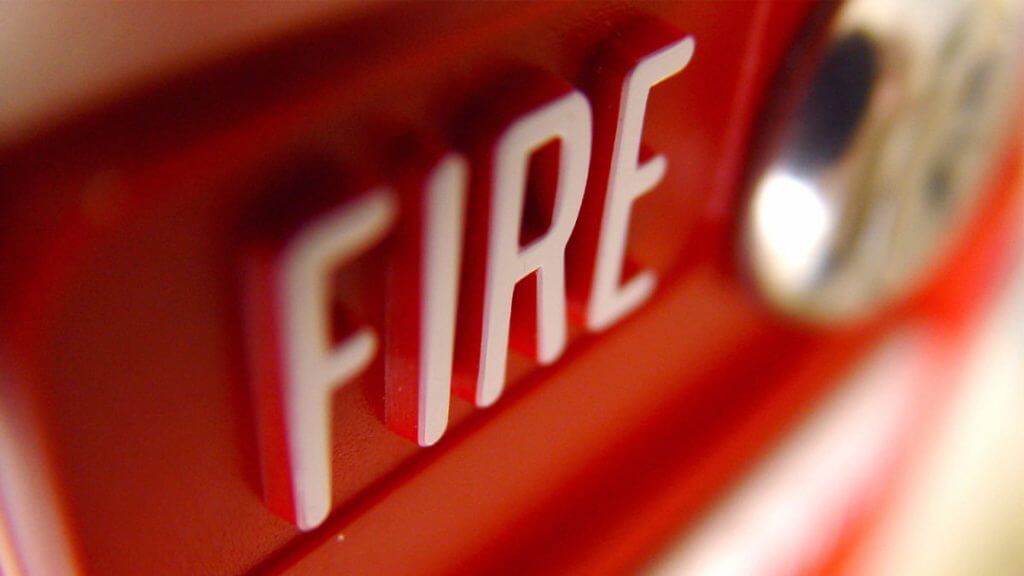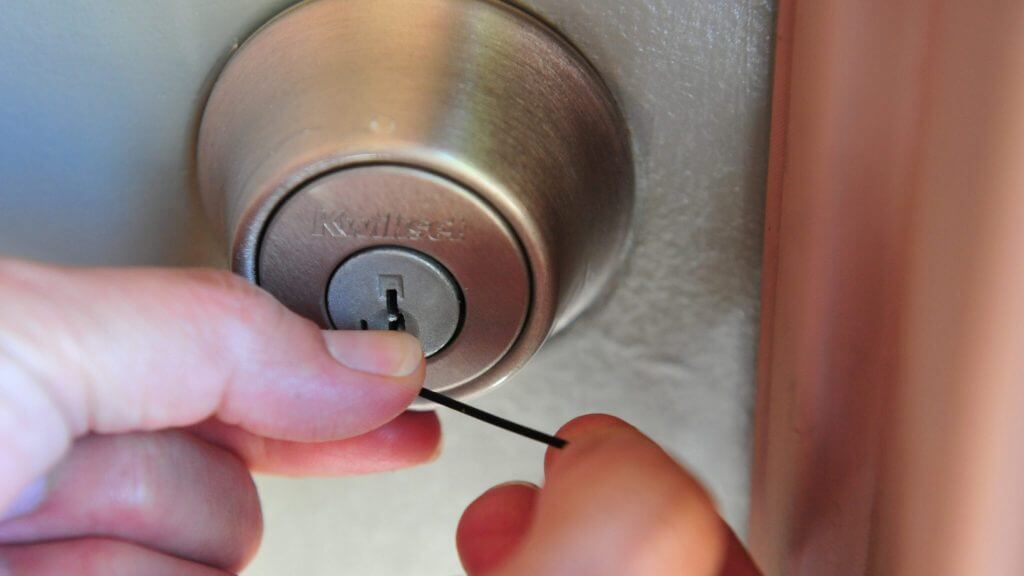Protecting your home, property, and people is a significant concern of the folk of all over the world. And to do this, they can rely on increasingly sophisticated devices to warn them in the event of dangers. Further, it also helps to dissuade potential burglars. Alarms, anti-intrusion, fire-fighting, swimming pools, and video surveillance system: update on the different types of alarm systems to secure the house.
Anti-intrusion alarms
Among the most popular types of home alarm systems are burglar alarms. As the name suggests, the purpose of this installation is to prevent and report any intrusion into your home. Anti-intrusion alarms are available in two systems:
Wired: the most reliable model because it is not likely to be affected by radio interference,
Wireless: the most popular model because it is effortless to install and use. This system works by radio waves.
Components of Alarm system
Whether you choose a wired or wave system, the anti-intrusion alarm will usually consist of the same essential elements, namely:
- Detectors:
Placed at strategic locations in the home, they can detect suspicious movements in an area (the garden, for example) or an unauthorized door or window opening. They transmit this information to the security center
- The alarm center:
It manages the information received by the detectors according to the programs you have chosen. It can thus activate the sirens if necessary. Some control panels have a GSM transmitter to reach you on your phone in the event of an intrusion into your home
- Sirens:
It can be set up indoors and outdoors at your premises. They produce a noisy sound. It’s aimed at preventing the vicinity of the intrusion and, above all, deterring the burglar by making him flee.
Monitoring Systems
CCTV
You can register CCTV as a type of alarm system for the house complementary to anti-intrusion devices. It’s a multi-camera system crisscrossing your property. They can operate and record continuously, or be linked to the intruder alarm system and triggered by detectors. Recorded images help to identify the burglar (s).
There are several effective remote monitoring devices:
Analog camera:
This is the most classic system. It connects by cable to a room in the house where you can observe and store the images
IP system:
The cameras directly connect with the computer network. It allows you to simply record the images and, above all, to have access to them in real-time, wherever you are
You can also use the services of a remote monitoring company. For the price of a subscription, their teams monitor the recordings captured by your surveillance cameras, 7 days a week and 24 hours a day.
Types of alarm systems
The different types of home alarm systems aren’t just about burglaries. Certain devices are particularly useful to protect you, your loved ones, and your property. This is the case with fire alarms.
There are three types:
- Smoke detector.
- Flame detector.
- Heat detector.
The smoke detector has been mandatory in homes since March 8, 2015.
Indeed, according to figures from the National Institute for Prevention and Education for Health (INPES), on average, a household fire breaks out every two minutes. That represents approximately 306,600 household fires declared to insurance per year. Fortunately, not all of them are dramatic, but it should be noted that this number has doubled in 20 years, far from trivial.
At a minimum, it is advisable to place at least one smoke detector per floor of the dwelling. Ideally, put it in a circulation or clearance area such as the corridor or the landing. This way, if the warning signal goes off, you are warned early enough if you are in your room to go out and avoid being trapped. Its 85 dB ringtone is loud enough to wake you up.
If you want optimal protection in your home, you can install:
- A detector by circulation or clearance zone, in each bedroom and in the living room
- A carbon monoxide detector in each bedroom and the living room
- A heat detector in the kitchen and the garage (at least 5.30 meters from a potential fire source)
The pools alarms
Pool alarms are one of the safety devices that you must install if you have an open-air and outdoor pool. Devices which aim to prevent all risks of drowning and, more particularly, those in young children who have escaped the supervision of adults.
If you choose an alarm system for your pool, you will have a choice between two installations:
An infrared alarm: Thanks to detectors! It sounds when a person enters the protection zone that you have defined
A submerged alarm: It triggers in the event of a fall into the water. However, be sure to schedule for weighing over 6 kg to avoid too frequent ringing.
Also, your pool alarm must comply with standard NF P 90-307 1. It must, therefore, comply with specific conditions:
- Have a sound power higher than 100 decibels at 1 meter
- Withstand external temperatures between -25 ° C and 70 ° C
- Be equipped with an automatic reactivation system to prevent forgetfulness after swimming
- Have a secure action system (such as a key above) to prevent easy access by a child
- Have the means to report a malfunction
It is vital to have quality equipment that meets your expectations. You must also take into account the services that can be associated with your alarm system.
To know more, click here.






